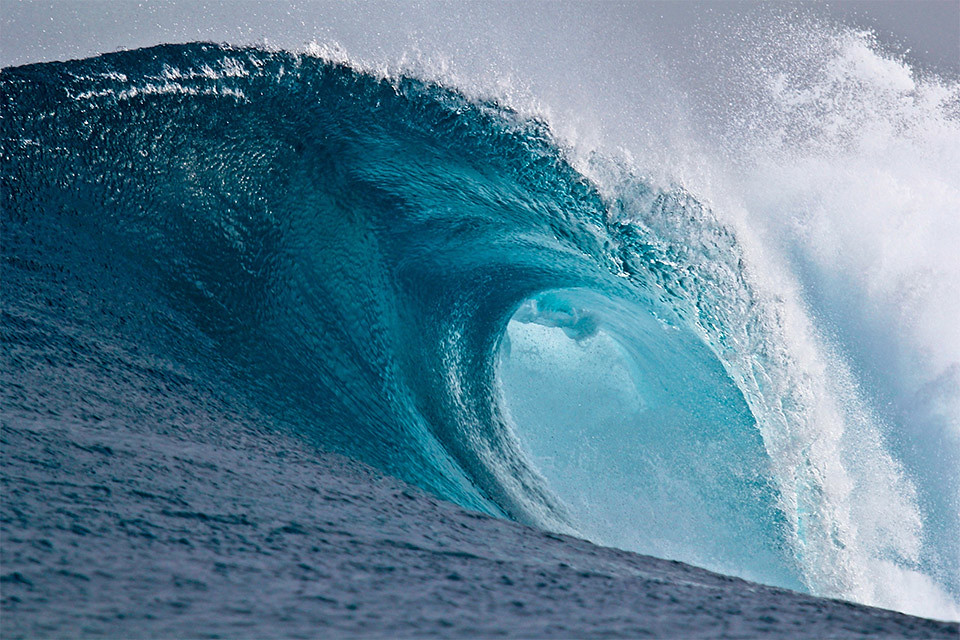If the side shell door is close to the height of the seas, there can be significant risks to persons in the boarding area. In a recent Mars Report, a crew member was swept out to sea and lost following seawater entering through this door.
A summary of what happened:
A large container vessel was arriving at port in heavy weather; approximately forty-knot winds and almost four metre swells. The vessel manoeuvred at about ten knots to make a lee in preparation to embark a pilot via the side shell access door, 3.9 metres above the water.

Two crew members were in the process of opening the pilot access door when the vessel was hit by heavy seas that forced the door open and flooded the embarkation space. As the seawater swirled and splashed in the space it swept one crewman out of the door and into the sea. Another crew member was injured.
Extensive search and rescue operations failed to locate the lost crew member, who was not wearing a personal flotation device.
Advice from the Nautical Institute
- This event brings to the fore the importance of crew members wearing personal protection devices and safety lines when working over the side of a vessel, when exposed to the elements or when there is no barrier to prevent an accidental water entry.
- Identify potential hazards and conduct a risk assessment, to include a consideration of weather conditions, prior to opening the side shell port hatches.
- Ensure crew communications between navigation watch officers and crew, in situations such as this, are clear and provide suitable supervision of activities, considering sea state and other changing conditions.
Mars Reports
This accident was covered in the Mars Reports, originally published as Mars 201970, that are part of Report Number 325. A selection of this Report has also been published in SWZ|Maritime’s December issue. The Nautical Institute compiles these reports to help prevent maritime accidents. That is why they are also published on SWZ|Maritime’s website.
More reports are needed to keep the scheme interesting and informative. All reports are read only by the Mars coordinator and are treated in the strictest confidence. To submit a report, please use the Mars report form.
Picture (top) by the US National Oceanic and Atmospheric Administration (NOAA).








